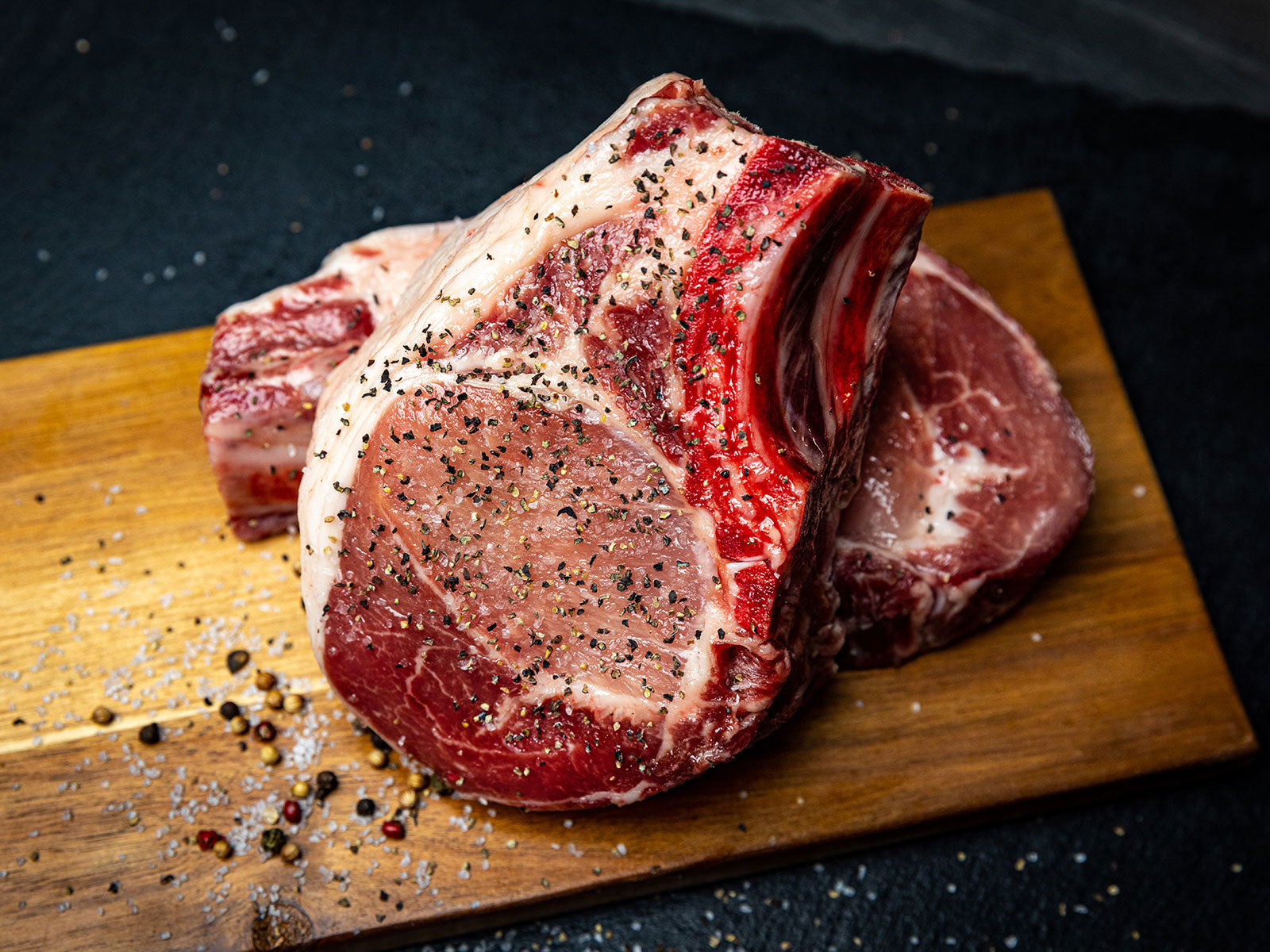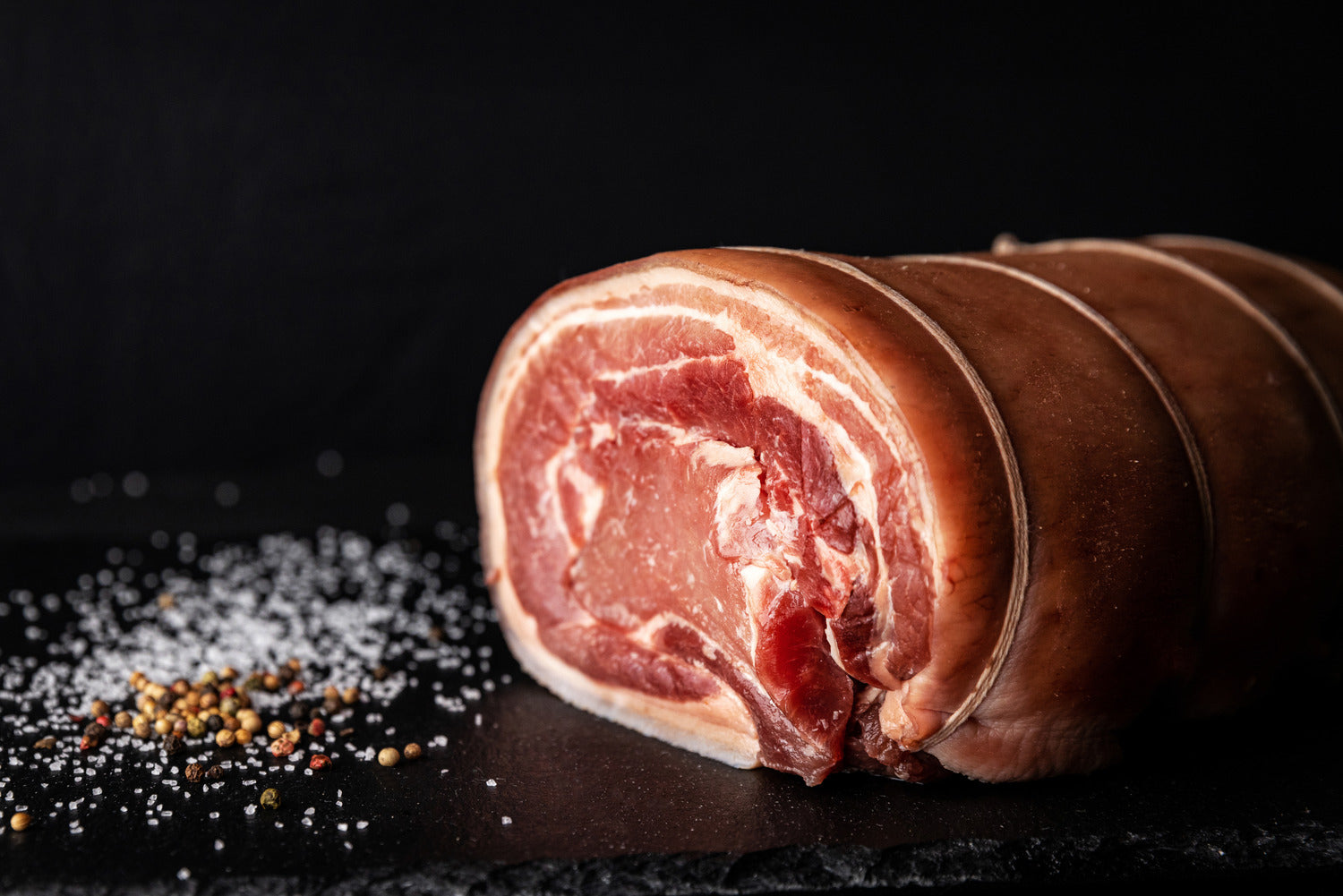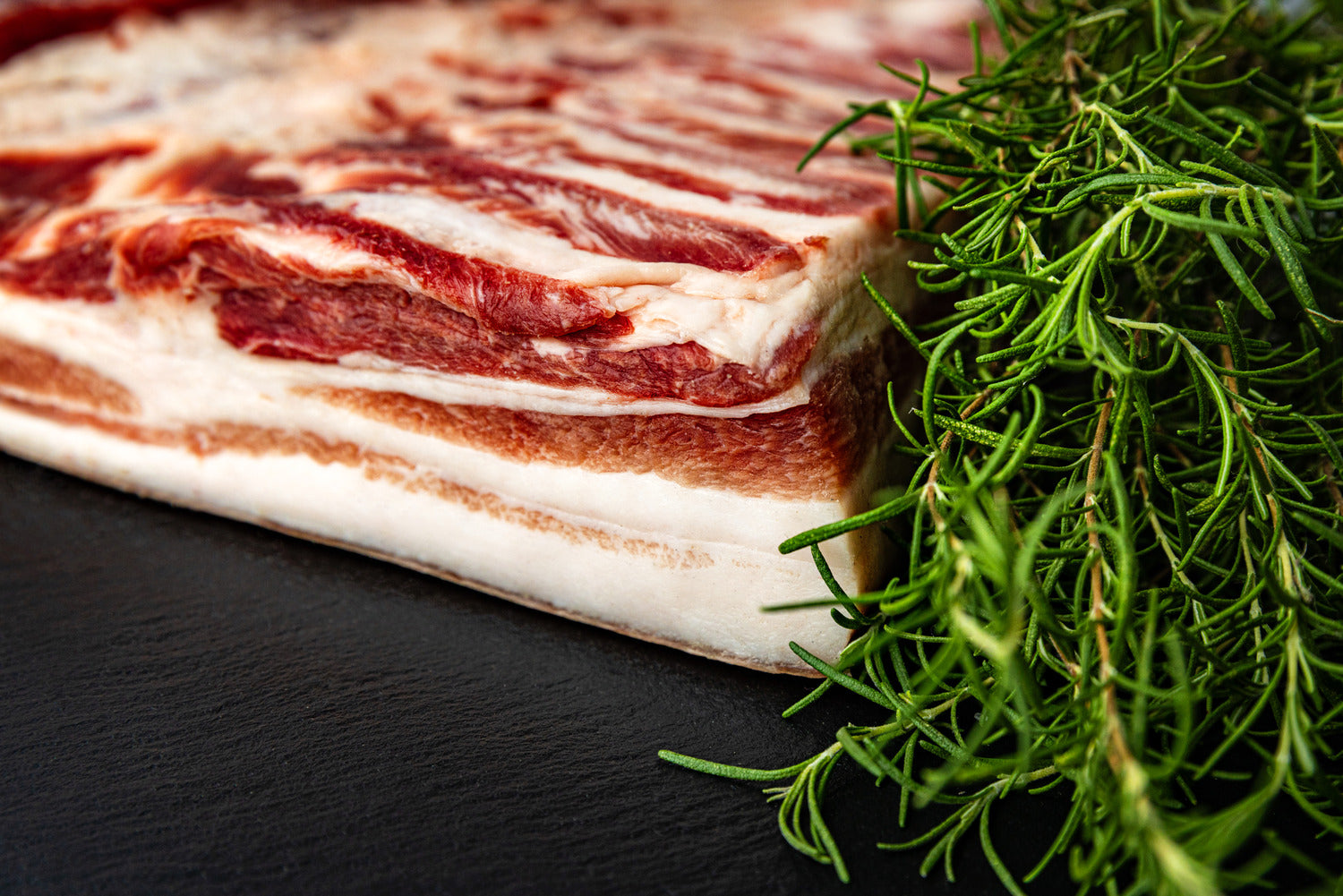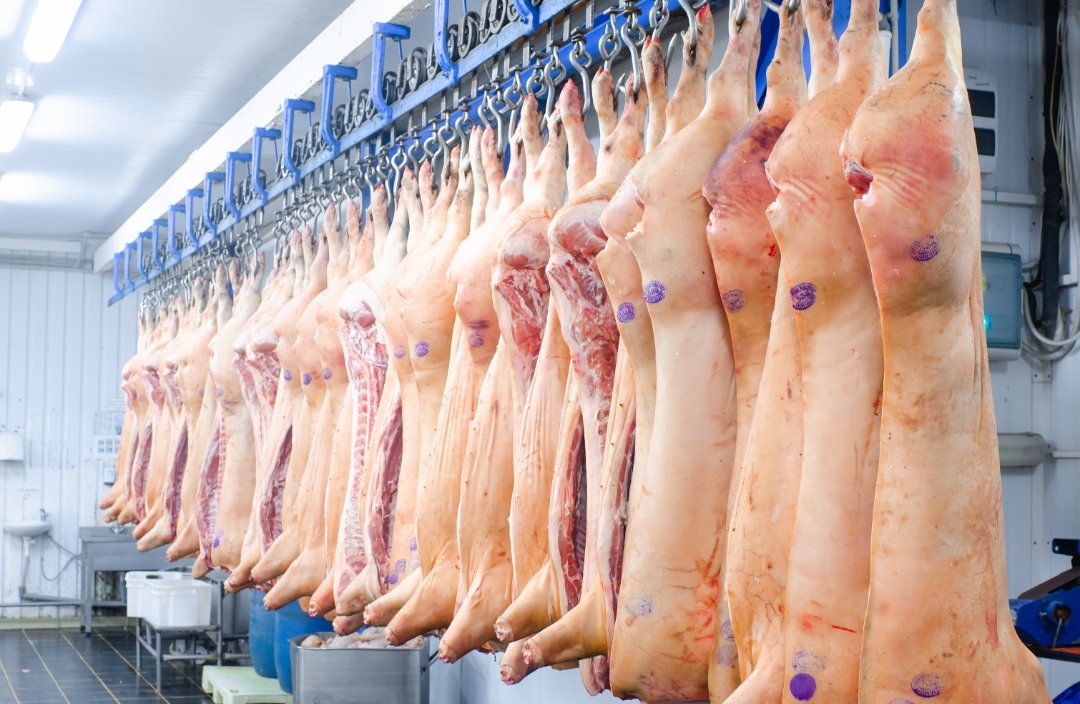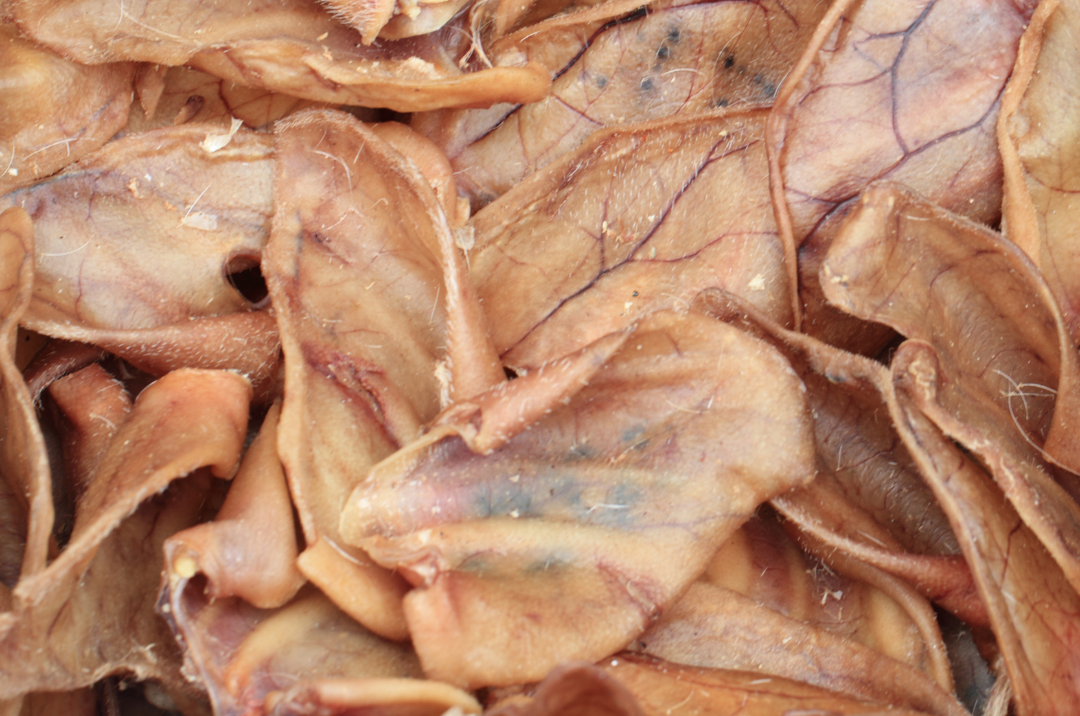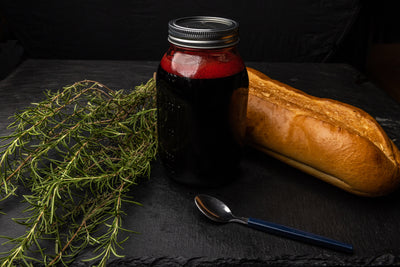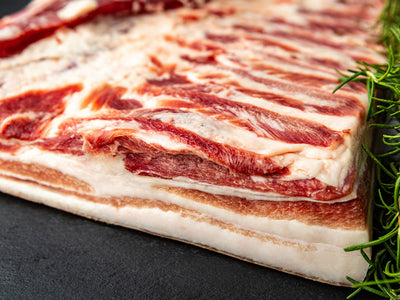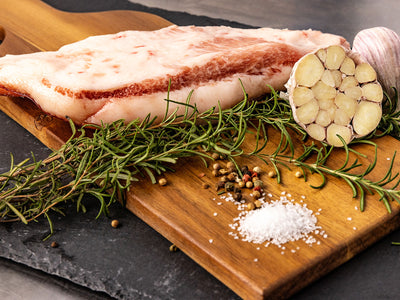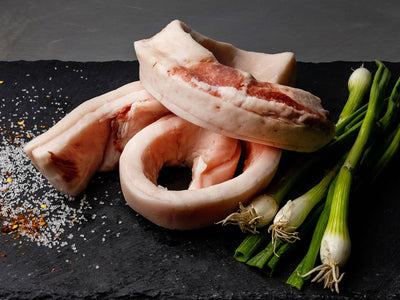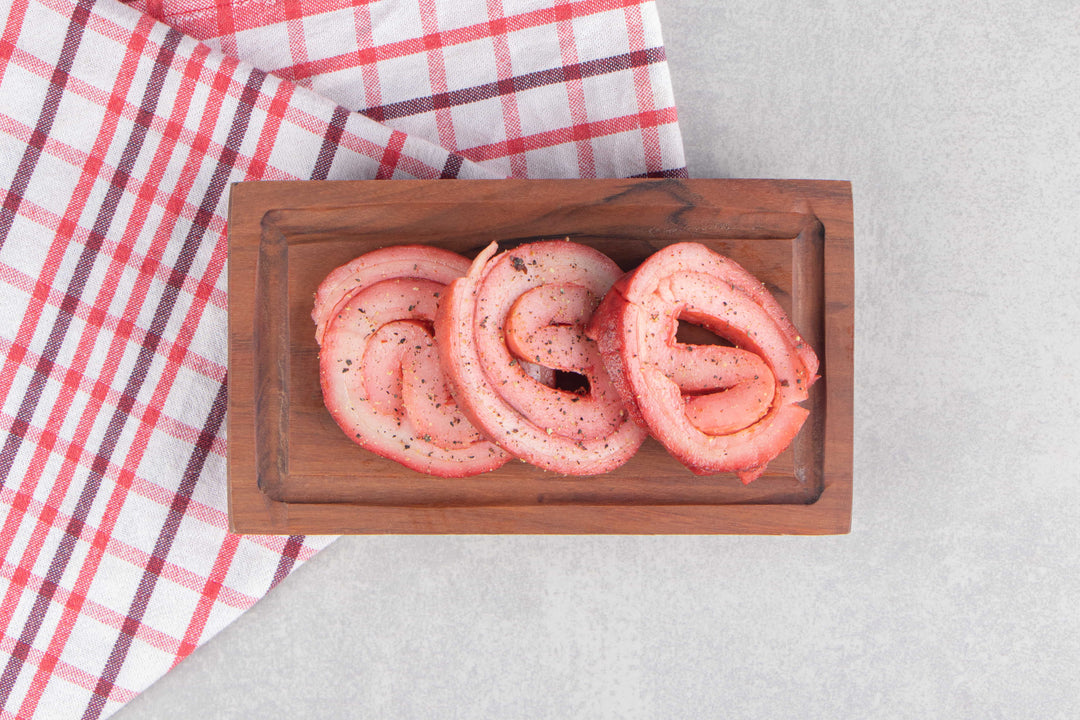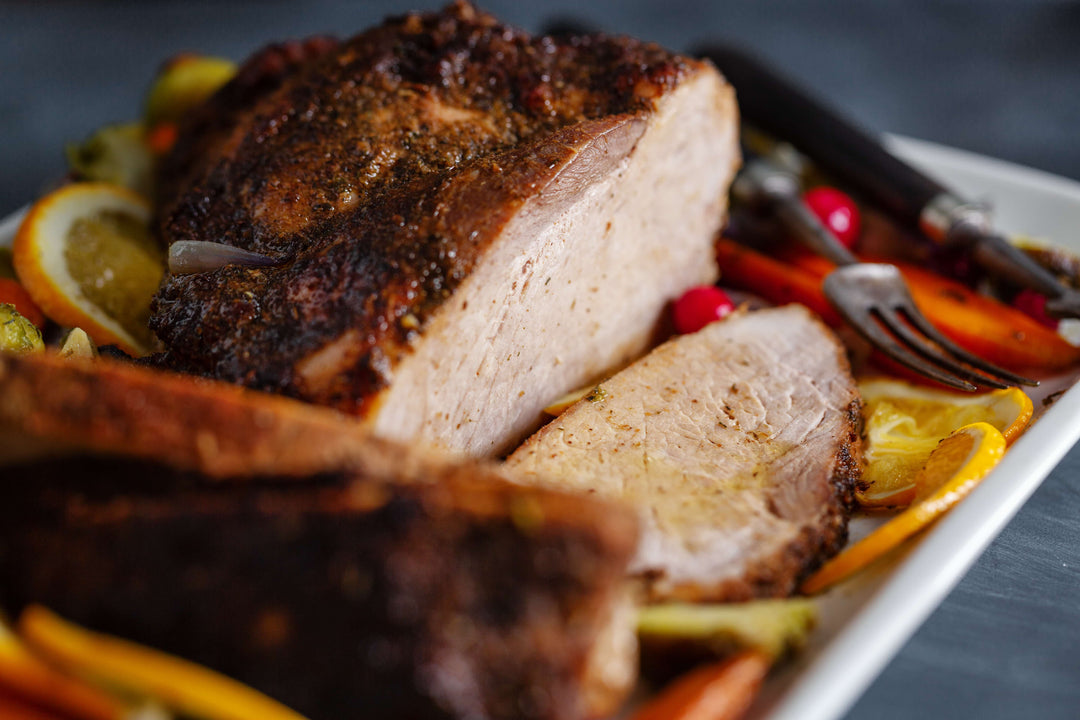Table of Content
- Understanding Pork Jowl: Cured vs. Fresh
- Storing Fresh Pork Jowl: Refrigerator Tips
- Freezing Fresh Pork Jowl for Longer Storage
- How to Store Cured Pork Jowl
- Signs Your Pork Jowl Has Gone Bad
- Best Practices for Maximum Freshness
- Conclusion
Pork jowl might not be the most common cut in the kitchen, but it’s one of the most flavorful. Rich in fat and full of character, pork jowl can be cooked fresh or enjoyed cured. Whether you're using it for slow-cooked dishes, pan-fried breakfast meats, or authentic Italian guanciale, one thing stays the same—it needs to be stored properly to stay fresh.
Knowing the best way to store pork jowl helps you avoid waste and enjoy the full flavor of this unique cut. This guide breaks down everything you need to know, from how to store it in the fridge to how to store and freeze jowl bacon for long-term use. Let’s get into it.
Understanding Pork Jowl: Cured vs. Fresh
Before you decide where or how to store pork jowl, it’s important to know which type you have. Pork jowl comes in two main forms: fresh (raw) and cured (salted or aged). Each has its own storage rules.
Fresh pork jowl is uncured, raw meat. It looks like thick bacon, with visible layers of fat and meat. Because it’s not preserved, it is highly perishable and must be kept cold at all times.
Cured pork jowl—such as guanciale—is treated with salt and sometimes aged or spiced. This process draws out moisture, extends shelf life, and intensifies flavor. It still needs refrigeration, but it holds up better over time than its fresh counterpart.
The first step to proper storage is checking your packaging. If it’s soft, uncured, or labeled raw, you’re working with fresh pork jowl. If it’s firm, dry, and sliced thin or whole, it may be cured. From here, your storage approach will differ.
Storing Fresh Pork Jowl: Refrigerator Tips
Fresh pork jowl behaves much like other raw meats. To keep it safe and flavorful, refrigeration must be done correctly.
Keep your fridge at or below 40°F (4°C). Any warmer, and you risk bacterial growth that spoils the meat quickly. Store the jowl in the coldest part of your fridge—usually the bottom drawer or a dedicated meat compartment.
Packaging matters. The best method is vacuum sealing. This removes air and extends shelf life. If that’s not available, wrap the jowl tightly in butcher paper or parchment, followed by a layer of plastic wrap or a sealed freezer bag. Place the wrapped meat on a dish or tray to catch any drips and avoid contamination.
Fresh pork jowl will last 3 to 5 days in the refrigerator. It’s always smart to label the package with the purchase or packaging date, so you can track freshness easily.
Freezing Fresh Pork Jowl for Longer Storage
Freezing is the best way to store pork jowl if you don’t plan to use it within a few days. Done correctly, freezing maintains the meat’s texture and flavor while extending its shelf life by several months.
How to freeze pork jowl:
Start by patting the meat dry with paper towels. Moisture can create ice crystals, which lead to freezer burn. Wrap the jowl tightly in plastic wrap or aluminum foil. Then place it in a heavy-duty freezer bag or vacuum-sealed pouch to prevent air exposure. If freezing multiple portions, separate them before freezing for easy thawing later.
Freezer life:
Fresh pork jowl can be frozen for up to 4–6 months for the best taste and texture. It’s still safe to eat after that, but you might notice changes in quality.
Thawing tips:
Always thaw frozen pork jowl in the refrigerator. This keeps the temperature steady and prevents bacteria from forming. Never thaw at room temperature. For quicker defrosting, place the sealed bag in cold water and change the water every 30 minutes.
How to Store Cured Pork Jowl
Cured jowl, like guanciale or salt-cured pork jowl, doesn’t spoil as quickly, but that doesn’t mean you can ignore storage.
Short-term fridge storage:
Wrap cured pork jowl loosely in parchment or wax paper. Then place it in an open paper bag or a breathable container inside the fridge. Avoid plastic wrap for long-term storage—it can trap moisture and encourage mold or sour odors.
Shelf life:
Cured pork jowl lasts 2–3 weeks in the refrigerator depending on how dry and firm it is. Some artisanal guanciale may last even longer, but always check for changes in smell or appearance.
Can you freeze it?
Yes, but freezing cured pork jowl is optional. If you’re storing it beyond a month, it’s a smart idea to portion and freeze it. Use the same wrapping method as with fresh jowl, then label each portion with the freeze date. When ready to use, thaw in the fridge just like raw pork.
Signs Your Pork Jowl Has Gone Bad
Like all meats, pork jowl gives off clear signals when it’s no longer safe to eat. Here’s what to watch for:
-
Color changes: If the meat turns gray, green, or develops blotchy dark spots, it’s likely spoiled. Cured jowl may have white mold on the outside—that’s normal and can be trimmed—but anything fuzzy or colored should be tossed.
-
Smell: Trust your nose. Sour, rotten, or ammonia-like smells are all signs the meat has turned. Fresh pork should have a mild scent, and cured pork should smell clean and slightly salty.
-
Texture: A sticky, slimy, or tacky surface means bacteria have started to grow. Discard any jowl that feels off to the touch.
When in doubt, throw it out. No flavor or recipe is worth the risk of foodborne illness.
Best Practices for Maximum Freshness
Following simple steps can keep your pork jowl fresh longer—and safe to eat.
-
Buy from reliable sources. Shops or farms with high turnover tend to have fresher products. At Red Field Ranch, our meats are cut and packed with care so you can cook with confidence.
-
Store in the coldest part of your fridge. Avoid the fridge door—it fluctuates in temperature. Use a meat drawer or back shelf.
-
Don’t open vacuum seals too early. Keep jowl sealed until ready to use. Once opened, re-wrap it carefully and use within a few days.
-
Portion and freeze what you won’t use. If you buy in bulk, divide it before freezing. Smaller portions thaw faster and reduce waste.
-
Label everything. Use a marker and note the date on every package. This small step helps you stay on top of freshness and avoid forgotten items in the back of the fridge.
Conclusion
Storing pork jowl the right way helps you protect flavor, maintain texture, and avoid spoilage. Whether you're working with a fresh, fatty cut or a slice of beautifully cured guanciale, the steps you take from fridge to freezer make all the difference.
Knowing how to store and freeze jowl bacon or uncured pork jowl gives you more flexibility and less waste. Proper packaging, temperature control, and smart portioning can help your pork jowl stay in top condition until you're ready to enjoy it.
At Red Field Ranch, our meats are carefully packed to retain freshness, flavor, and safety from our ranch to your kitchen. Shop with us for the best cuts and expert tips you can trust.
Frequently Asked Questions
Yes, once opened, wrap the pork jowl tightly in parchment paper or butcher paper, then cover it with plastic wrap or place it in an airtight container. Use it within 3 to 5 days for best quality.
Wrap the meat in plastic wrap or foil, then place it in a freezer-safe bag or vacuum-sealed pouch. Removing as much air as possible prevents freezer burn and preserves flavor.
No. Even though cured pork jowl has a longer shelf life, it should be stored in the refrigerator unless it's a fully dry-aged product meant for room-temp storage, which is rare. Always check the label.
Check for off smells, color changes, or a slimy texture. If it smells sour or feels sticky, it’s best to discard it. Cured pork should not have greenish spots or fuzzy mold.
It’s not recommended. Once thawed, pork jowl should be cooked and eaten or stored in the fridge and used within a few days. Re-freezing can affect texture and safety.
